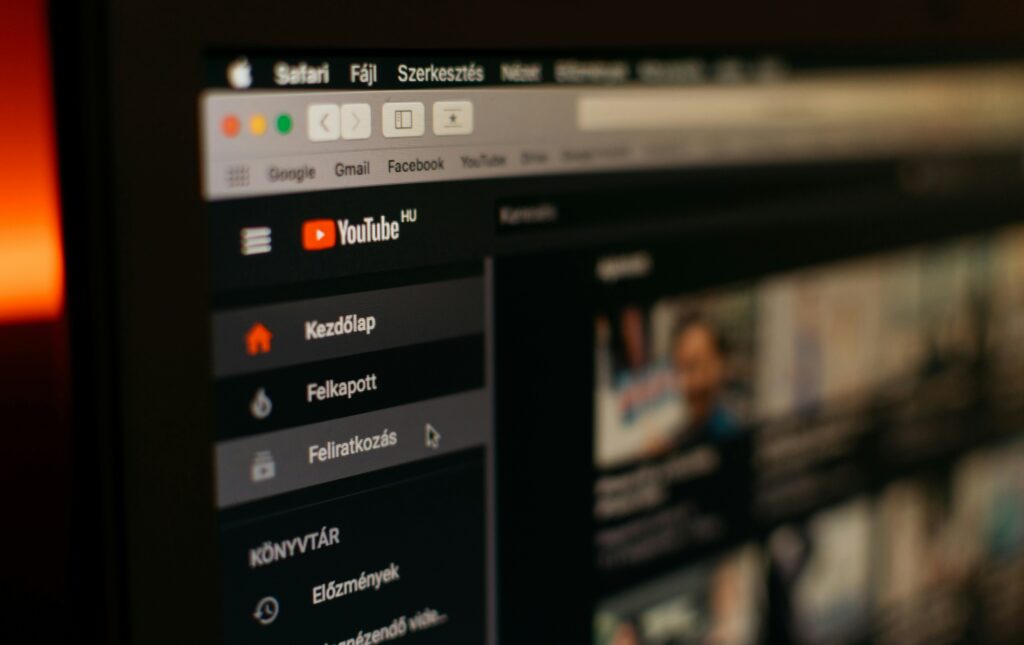YouTube has officially rolled out its updated monetization policies today, July 15, 2025. These changes directly affect content creators under the YouTube Partner Program (YPP), especially those using AI tools, recycled content, or templated video formats. While many of the platform’s monetization rules remain unchanged, YouTube has now taken a firmer stance on what qualifies as authentic and original content.
If you are a creator—or planning to become one—understanding these changes is crucial. In this article, we’ll break down what’s changed, what’s staying the same, and how you can ensure your channel remains eligible for monetization under the new policy.
From “Repetitious” to “Inauthentic”: The Key Policy Shift
One of the biggest updates YouTube made today is the renaming of the “Repetitious Content” policy to “Inauthentic Content.” This change isn’t just in name; it reflects YouTube’s growing concern over the increasing flood of low-effort videos—particularly those generated or assisted by AI without any real human creativity.
So what is considered inauthentic?
- Mass-produced or templated videos with minimal variation
- AI-generated videos with robotic voiceovers and stock visuals
- Copy-paste content that offers no original commentary, narration, or context
- Reaction or compilation videos that add no new insight or transformation
YouTube’s goal with this update is clear: promote creativity and discourage lazy or automated uploads designed only to exploit the algorithm.
Is AI Content Still Allowed on YouTube?
Yes, but there’s a catch.
Creators can still use AI tools like text-to-video software, image generators, or voiceovers. However, such content must now meet a higher standard. YouTube is explicitly asking for “meaningful human input.”
This means:
- Add your own voice, commentary, or explanation
- Incorporate editing, storytelling, or original visuals
- Use AI tools only to assist—not replace—your creative contribution
For example, a video entirely made by AI without narration or personal opinion may now be flagged as “inauthentic.” But if you use AI to generate part of your script or visuals and then narrate it with your own thoughts, that would still be monetizable.
What About Reaction or Compilation Channels?
If your channel relies on reaction videos, compilations, or repurposed content, you’re not out of the game—but the bar is higher.
YouTube now requires that such content be transformative. That means simply cutting clips and stitching them together won’t work anymore. You must add:
- New perspective
- Analysis or education
- Creative editing
- Original commentary
For instance, if you run a sports reaction channel, just reposting highlight reels is not enough. But if you include your own reactions, breakdowns, or analysis, that counts as transformation.
What Hasn’t Changed in YouTube?
Despite these updates, YouTube has confirmed that the eligibility requirements for monetization remain the same:
- 1,000 subscribers and 4,000 valid public watch hours in the last 12 months
or - 10 million Shorts views in the last 90 days
This means your channel still needs to grow organically and show consistent engagement from viewers to qualify for the YouTube Partner Program.
How Will Enforcement Work?
YouTube is now using a combination of AI-powered detection and manual human review to enforce these policies. If your channel violates the inauthentic content policy, you may receive a warning, a strike, or be demonetized entirely.
Importantly, creators who feel their videos were unfairly flagged will have the right to appeal. YouTube has clarified that they will review appeals carefully, especially if you can provide evidence that your content includes original, human input.
Creator Reactions and Controversy
Many creators online have voiced mixed reactions to the update. While some welcome the move as a way to keep content quality high, others fear that legitimate videos—especially those using AI for support—might get caught in the crossfire.
In response to this feedback, YouTube issued a clarification emphasizing that AI tools are not banned, but creators must clearly add value and creativity beyond the tool itself.
Tips to Stay Compliant and Monetized on YouTube
To help creators adapt, here are some simple but effective tips:
- Use your voice – Even a short spoken intro or commentary can make a big difference.
- Add value – Explain, react, teach, or inspire—don’t just repeat.
- Avoid lazy repetition – If your videos all follow the same exact format, try varying them.
- Review older content – Check if older videos on your channel fall under the new “inauthentic” label.
- Appeal if necessary – Don’t hesitate to appeal if you believe your content is wrongly demonetized.
Final Thoughts
The new YouTube monetization rules rolled out on July 15, 2025, are not meant to punish creators—but to encourage originality and meaningful content. If you’re someone who puts thought, effort, and personal creativity into your videos, this change should not worry you.
However, if you’ve been heavily relying on automation, AI voiceovers, or recycled content without offering anything new, it’s time to rethink your strategy.
In the end, the message from YouTube is simple:
Be real. Be original. Add value.
Staying ahead of the curve means embracing tools like AI, but always with your human touch at the forefront.
For more news like this, you can read our other Posts.




